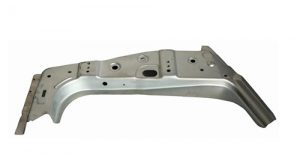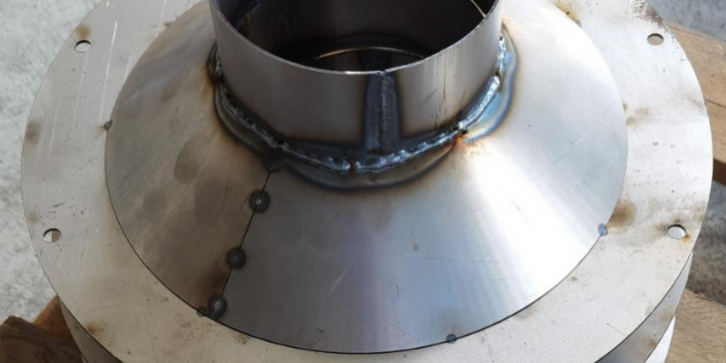
Advantages of resistance welding:
**I. High welding efficiency**
1. Fast welding speed: Since resistance welding uses the resistance heat generated when current passes through the weldment to achieve welding, it heats up quickly and the welding time is short. Usually, the welding of a weld spot can be completed within a few seconds, so the welding speed is very fast.
2. High degree of automation: Resistance welding equipment can be combined with automated production lines to achieve automated welding, greatly improving production efficiency.
**II. Good welding quality**
1. High weld strength: The weld formed by resistance welding is formed by the combination of metal atoms of the weldment under strong pressure. The weld structure is dense and has high strength, which can meet the requirements of various high-strength structures.
2. Small welding deformation: The heating of resistance welding is concentrated at the contact part of the weldment. The heat-affected zone is small, and the deformation generated during the welding process is also very small, which is conducive to ensuring the dimensional accuracy and shape accuracy of the weldment.
3. Good weld surface quality: The weld surface of resistance welding is smooth and flat, without defects such as pores and slag inclusions, and has good appearance quality.
**III. Simple operation**
1. Easy operation of equipment: The operation of resistance welding equipment is relatively simple. Only by setting welding parameters such as welding current, welding time, and welding pressure can welding operations be performed.
2. Low technical requirements for operators: Resistance welding does not require operators to have high welding skills and experience like other welding methods. Generally, after simple training, they can start working. **IV. Energy saving and environmental protection**
1. High energy utilization rate: Resistance welding uses electrical energy to convert into heat energy to achieve welding. The energy utilization rate is high. Compared with other welding methods, it can save a lot of energy.
2. No pollution: Resistance welding does not produce any harmful gases and smoke during the welding process, and is not polluting to the environment and meets environmental protection requirements. Disadvantages of resistance welding:
**I. High equipment cost**
1. Expensive resistance welding equipment: Resistance welding equipment needs to have a high-precision control system, a powerful welding power supply and pressure system, etc. Therefore, the equipment price is relatively high. For some small enterprises, the investment cost is relatively large. 2. High maintenance cost: The maintenance of resistance welding equipment requires professional technicians and equipment, and the maintenance cost is also relatively high.
**II. Poor welding adaptability**
1. There are certain limitations on the thickness of weldments: Resistance welding is generally suitable for thin plate welding. For thicker weldments, larger welding current and pressure are required, which is easy to cause equipment damage and a decline in welding quality.
2. There are certain requirements for weldment materials: Resistance welding has certain requirements for the conductivity and thermal conductivity of weldment materials. For some materials with poor conductivity and thermal conductivity, such as aluminum alloys and stainless steel, welding is more difficult.
**III. Difficult to detect welding quality**
1. Difficult to perform non-destructive testing: Since the weld of resistance welding is formed under strong pressure, the weld structure is dense and non-destructive testing is difficult. Generally, destructive testing methods are needed to detect welding quality, which brings certain difficulties to the detection and control of welding quality.
2. Welding defects are difficult to find: The main welding defects of resistance welding are lack of fusion, pores, slag inclusions, etc. These defects are difficult to find during the welding process and can only be found when detected after welding, which brings certain risks to the guarantee of welding quality.






